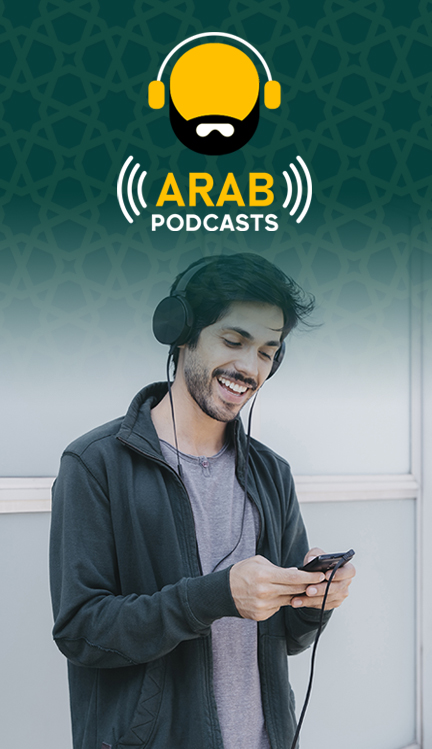Learning to speak Arabic can be challenging, but with the right teaching methods, it can become an enjoyable and rewarding experience. Here are some effective methods for teaching Arabic speaking skills.
Conversational Practice
One of the most important aspects of learning to speak Arabic is practice. Students need opportunities to practice their speaking skills in a safe and supportive environment. Conversational practice can take the form of small group discussions, role-playing exercises, and dialogues between students.
Immersion Programs
Immersion programs are a popular way to learn Arabic because they provide students with an intensive language learning experience. Immersion programs typically involve living with a host family or in a dormitory where Arabic is the primary language of communication. This type of program allows students to practice their speaking skills in a real-world context.
Pronunciation Drills
Arabic pronunciation can be difficult for non-native speakers, but with regular practice, it can become more natural. Pronunciation drills are a useful method for improving speaking skills. These drills involve repeating words and phrases until students can say them correctly and with confidence.
Role-Playing Exercises
Role-playing exercises are a fun and effective way to improve speaking skills. Students can act out different scenarios, such as ordering food at a restaurant or asking for directions. This type of exercise allows students to practice their speaking skills in a low-pressure environment.
Technology-Assisted Learning
Technology can be a powerful tool for learning Arabic speaking skills. Online courses, mobile apps, and language learning software can provide students with interactive and engaging learning experiences. Technology can also allow students to practice their speaking skills through audio and video recordings.
Multi-Sensory Learning
Multi-sensory learning is a teaching method that involves using different senses to learn a new language. For example, students can watch Arabic movies, listen to Arabic music, and read Arabic books. This type of learning engages multiple senses and can help students to remember new vocabulary and grammar rules.
In conclusion, teaching Arabic speaking skills requires a variety of methods to keep students engaged and motivated. Conversational practice, immersion programs, pronunciation drills, role-playing exercises, technology-assisted learning, and multi-sensory learning are all effective methods for improving Arabic speaking skills. By incorporating these methods into their teaching, Arabic language teachers can help their students to become confident and proficient Arabic speakers.


